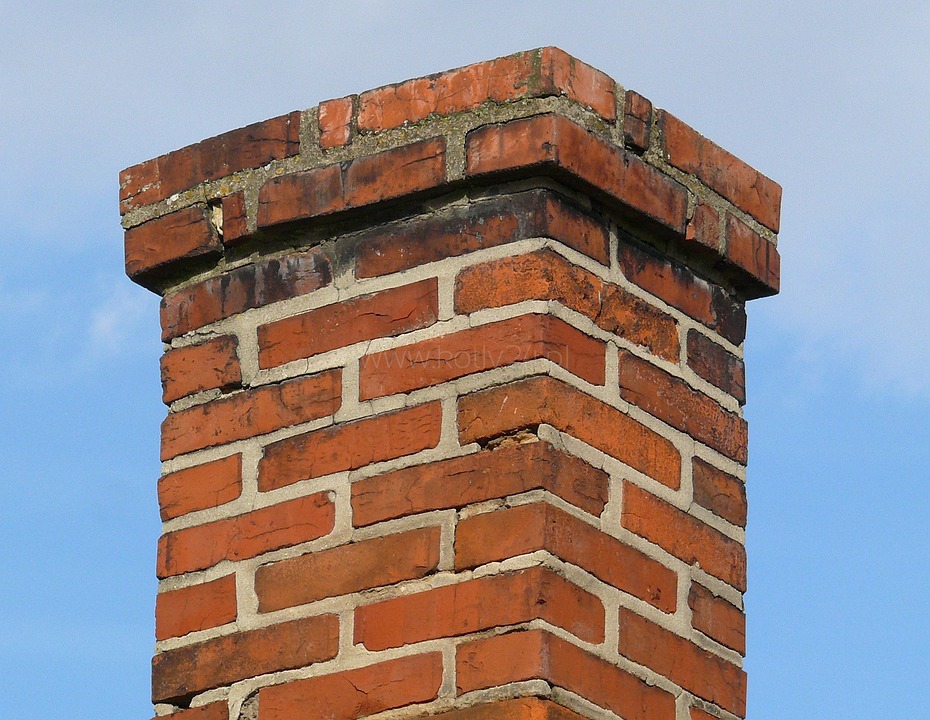
A chimney liner is a type of construction or device installed inside an existing chimney or flue. Its main purpose is to improve the performance and safety of heating systems, fireplaces, and stoves. But what exactly does a chimney liner do?
Chimney liners are internal pipes or structures placed within the chimney. Their job is to effectively remove smoke and flue gases from the combustion chamber to the outside of the building. They achieve this by creating a conduit through which these gases can flow freely. As a result, the combustion process becomes more efficient, and the risk of fire and the escape of harmful gases is significantly reduced.
It's also worth noting that chimney liners often include thermal insulation. This insulation protects against adverse external factors such as moisture and temperature differences. Therefore, chimney liners not only enhance performance and safety but also shield chimneys from the effects of weather.
Now that we know what a chimney liner is let's consider how it works. A chimney liner functions as an internal conduit that allows the smooth flow of flue gases and smoke from the combustion chamber to the outside of the building. This ensures that the gases do not remain inside the chimney, greatly enhancing safety.
The process involves creating an appropriate conduit that eliminates unnecessary resistance for the gases. This allows the combustion chamber to efficiently burn fuel, which is crucial for the performance of heating systems, fireplaces, and stoves. Additionally, chimney liners may have thermal insulation, which safeguards against external factors, maintaining the optimal temperature inside the conduit.
Conclusion: Chimney liners are exceptionally important elements for the safety and efficiency of heating systems, fireplaces, and stoves. Thanks to them, flue gases are effectively vented outside the building, minimizing the risk of fire and the escape of harmful gases. Chimney liners also provide thermal insulation, protecting against adverse weather conditions. Therefore, when selecting a chimney liner, ensure its proper installation and regular maintenance to enjoy safe and efficient heating for many years.